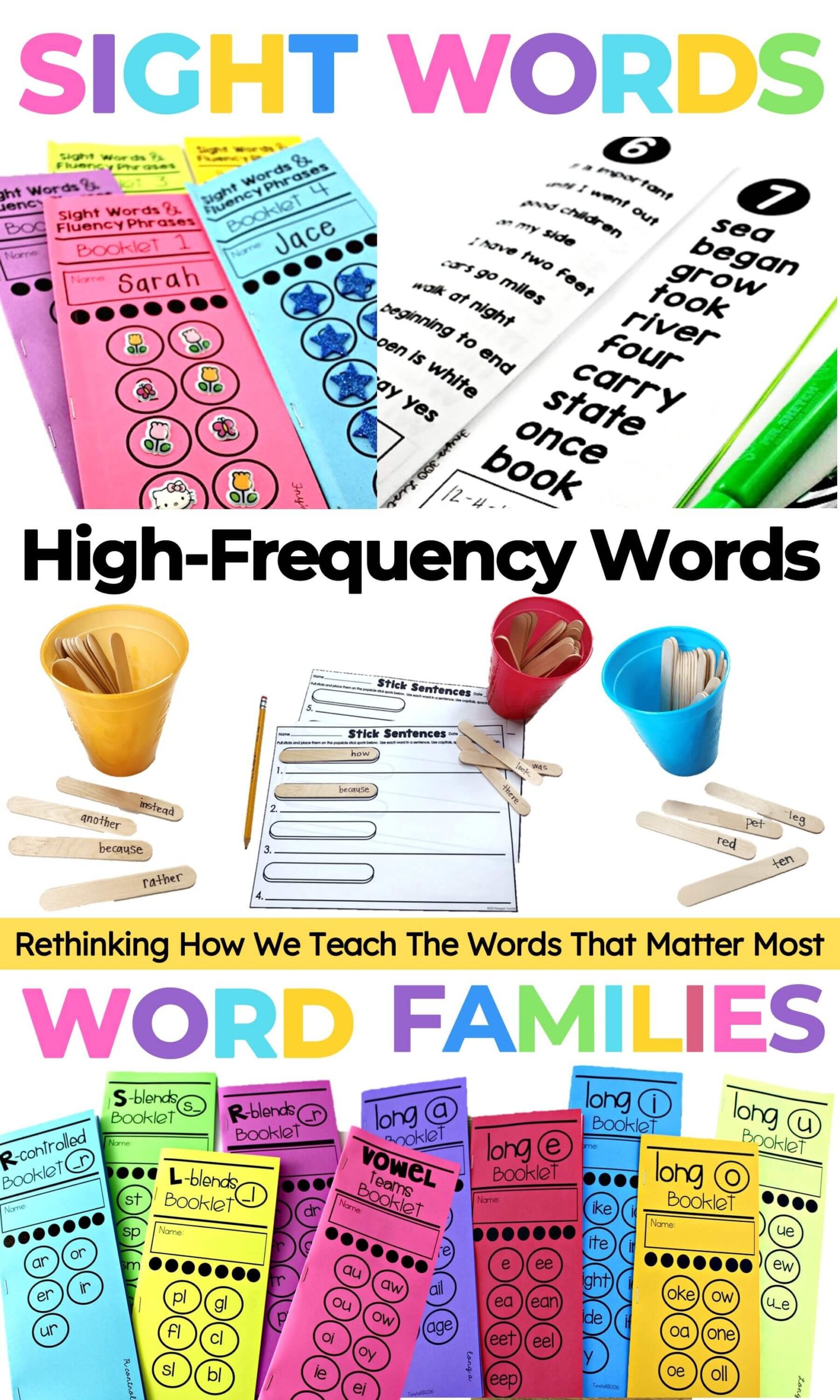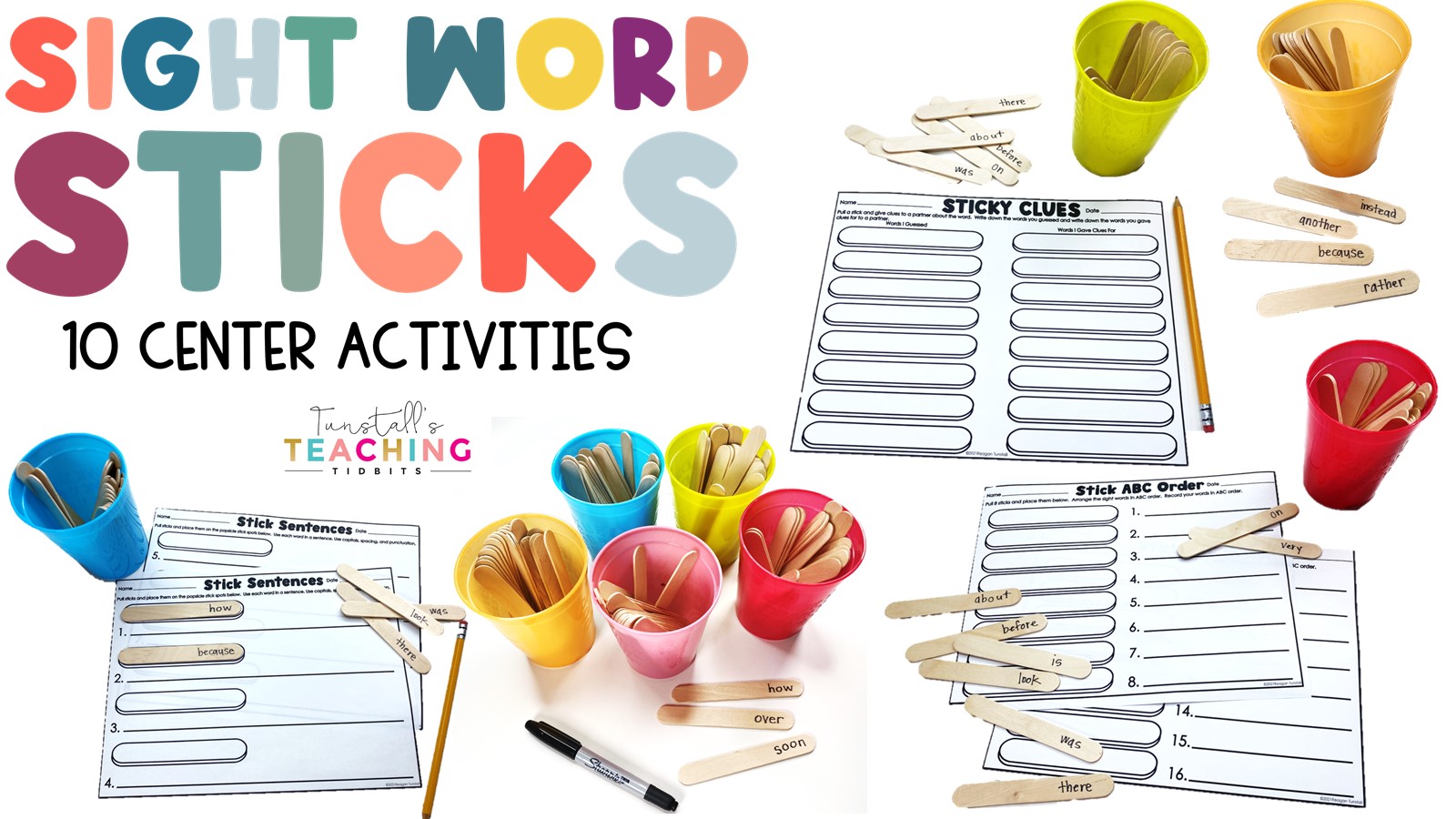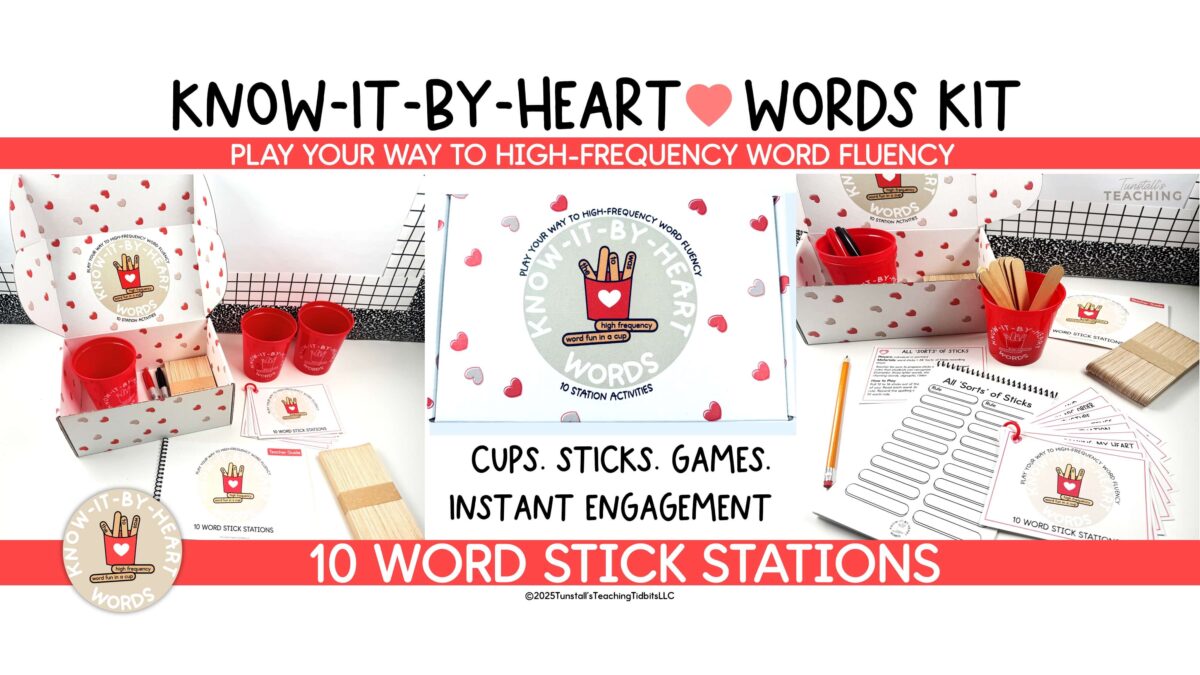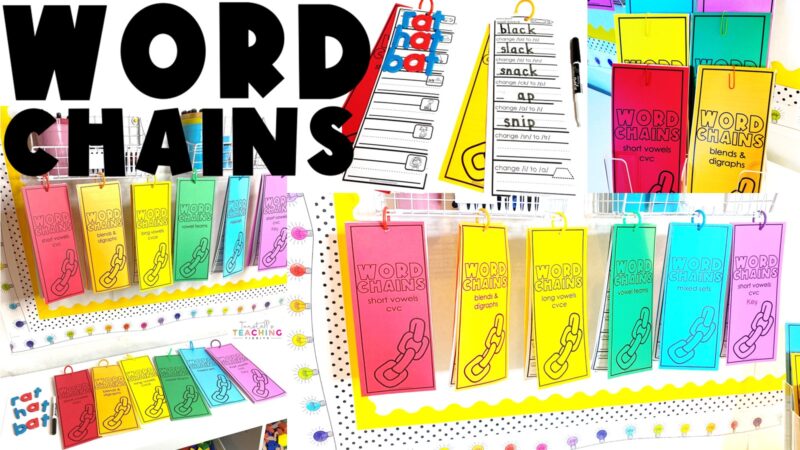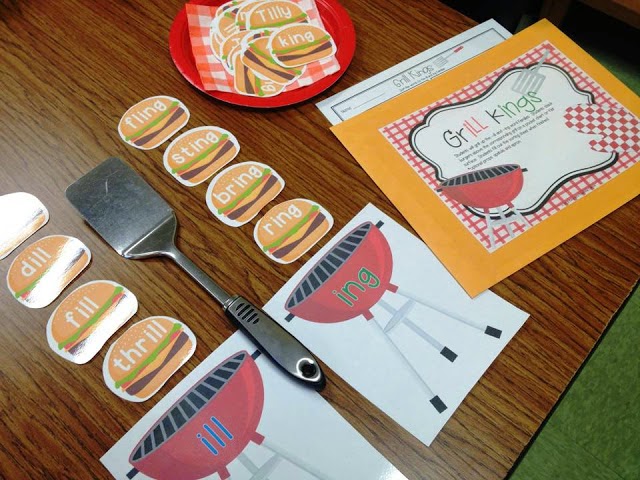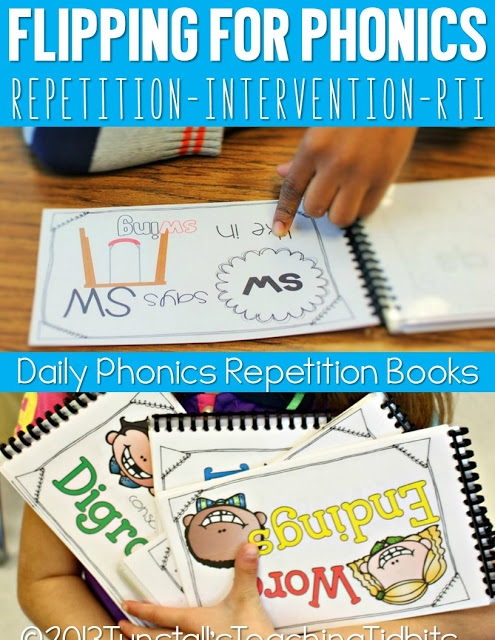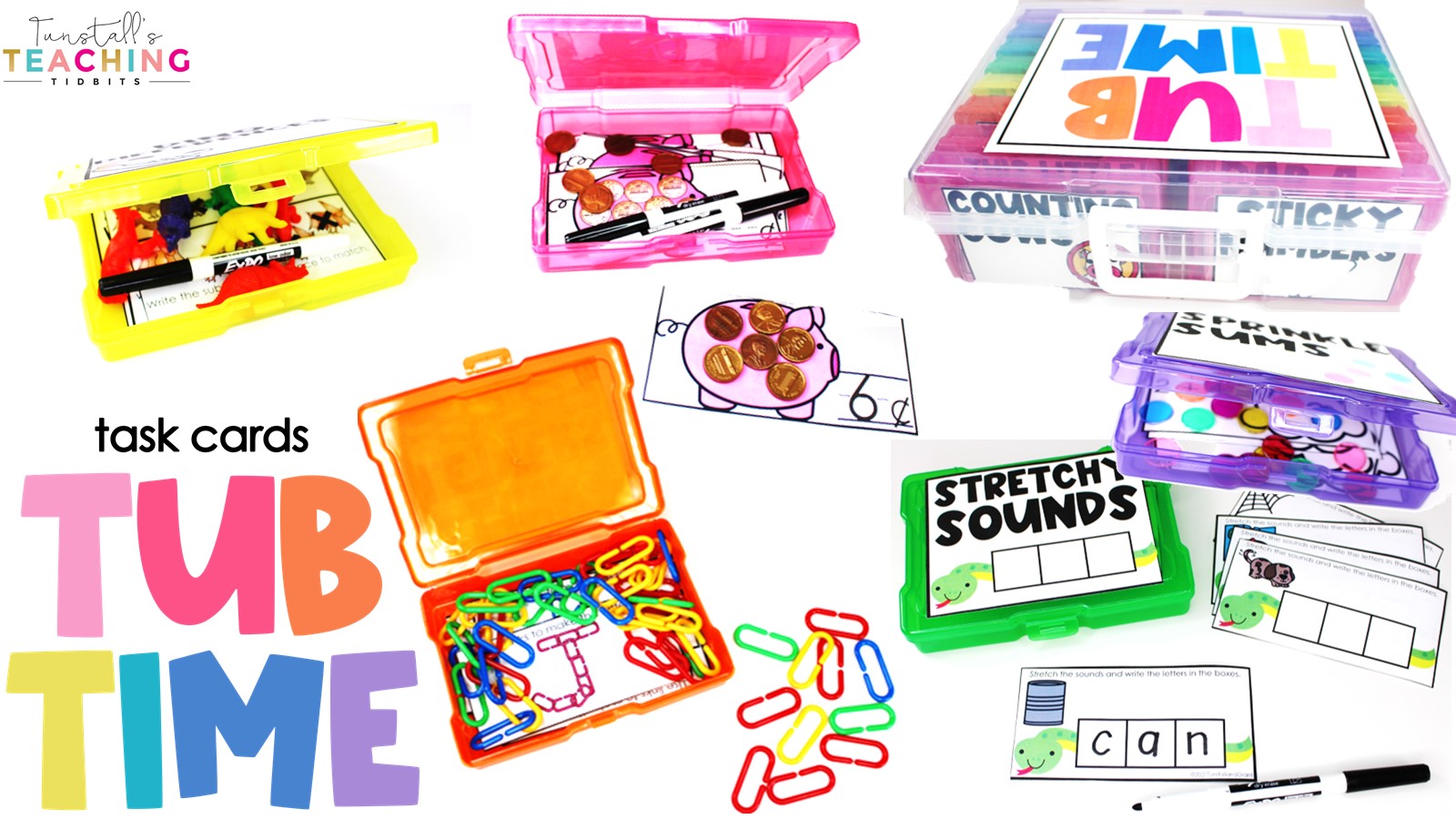From Sight Words to High-Frequency Words: Research-Backed Strategies for Teaching Irregular Words
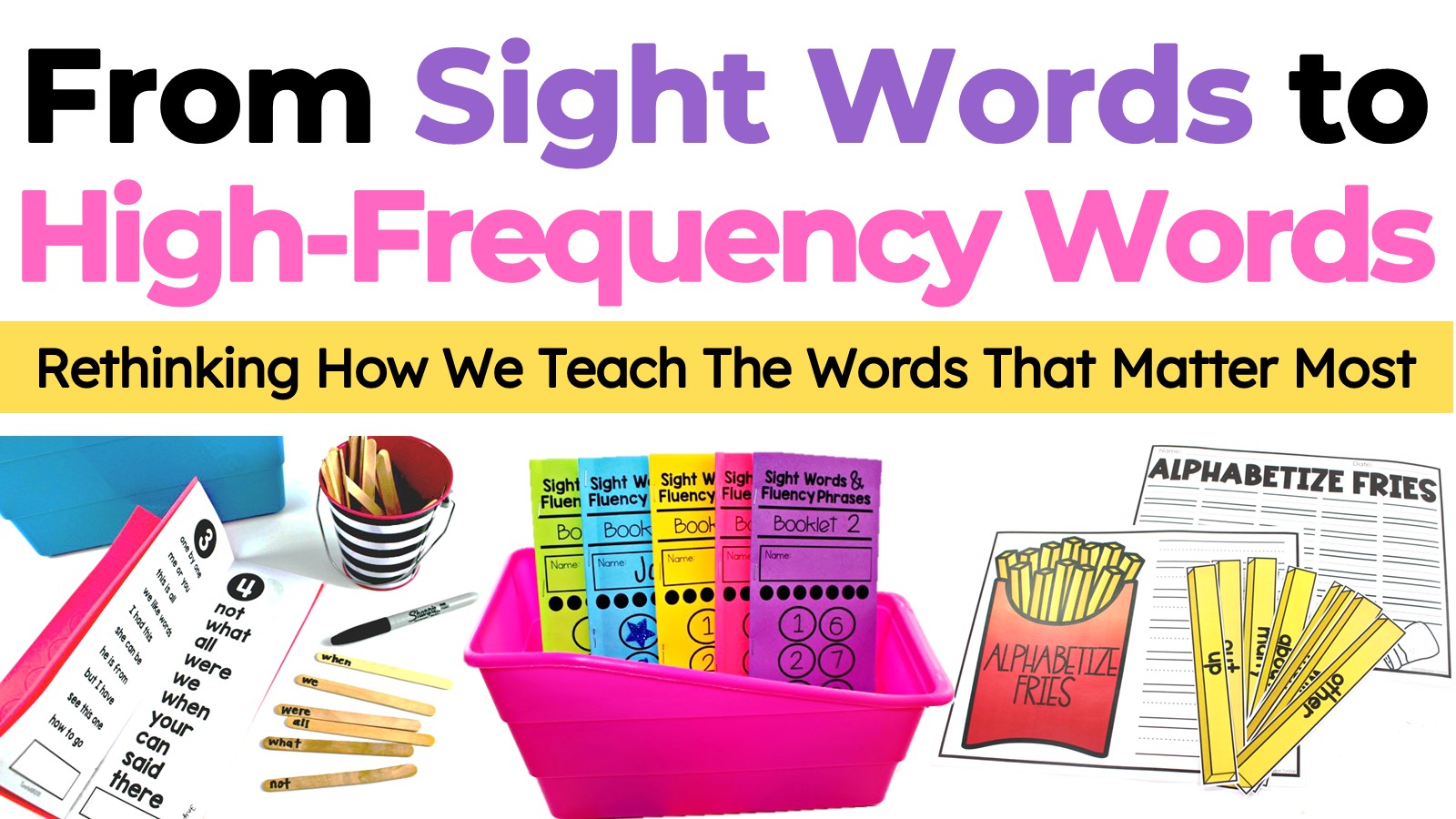
Rethinking How We Teach the Words That Matter Most
Teachers everywhere are rethinking how students learn to read those tricky, everyday words. More and more classrooms are now teaching sight words through phonics to help students connect sounds to spellings and build lasting word recognition.
Current research shows that readers don’t memorize words as pictures. Instead, they connect sounds to spellings through a process called orthographic mapping, which builds automatic word recognition. In this post, we’ll unpack what the Science of Reading says about teaching common and irregular words through phonics and share simple, ready-to-use routines that make word learning click.
What’s the Difference?
These bullet points below encapsulate the meanings of these important words.
- Sight words are not a memorized group of words, they’re any words a reader can recognize instantly after storing them in long-term memory.
- High-frequency words are simply the most common words in print, such as the, and, or said.
- Irregular words (sometimes called heart words), include one or two letters that don’t follow regular phonics patterns. Those are the parts we learn by heart while still decoding the rest of the word.
Why Teaching Sight Words Through Phonics Works Better Than Memorization
When we focus on teaching sight words through phonics, students form stronger sound-spelling connections. Research from Linnea Ehri and others shows that memorizing entire words visually doesn’t create lasting learning. Instead, students need to connect phonemes (sounds) to graphemes (letters). When teachers present words through phonics, students learn how each part represents sound and even “irregular” words become easier to remember. That’s why structured literacy programs, like those aligned with the Science of Reading, emphasize sound-spelling instruction instead of pure memorization.
Teacher Takeaways: Teaching Sight Words Through Phonics in Action
✅ Teach high-frequency words through phonics, not memorization.
✅ Decode the regular parts, and learn the irregular part by heart.
✅ Reinforce through writing, dictation, and connected reading.
✅ Integrate word learning into your phonics sequence not apart from it.
By teaching sight words through phonics, we help students read with confidence and understanding.

 Contact Us
Contact Us